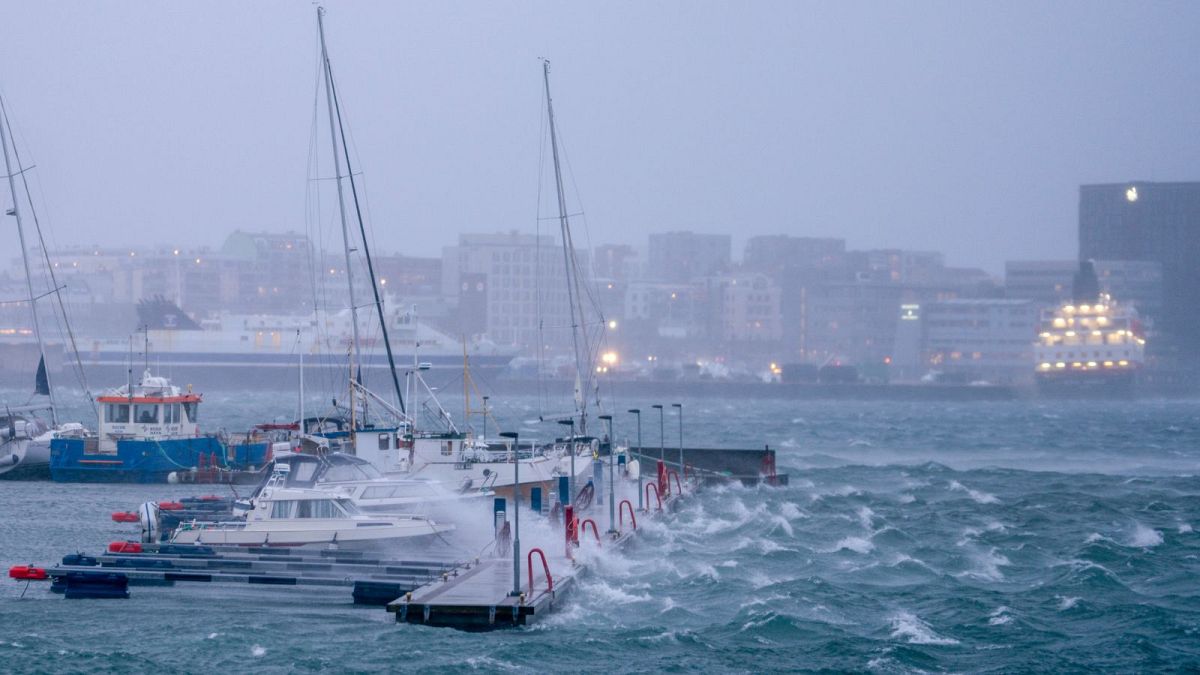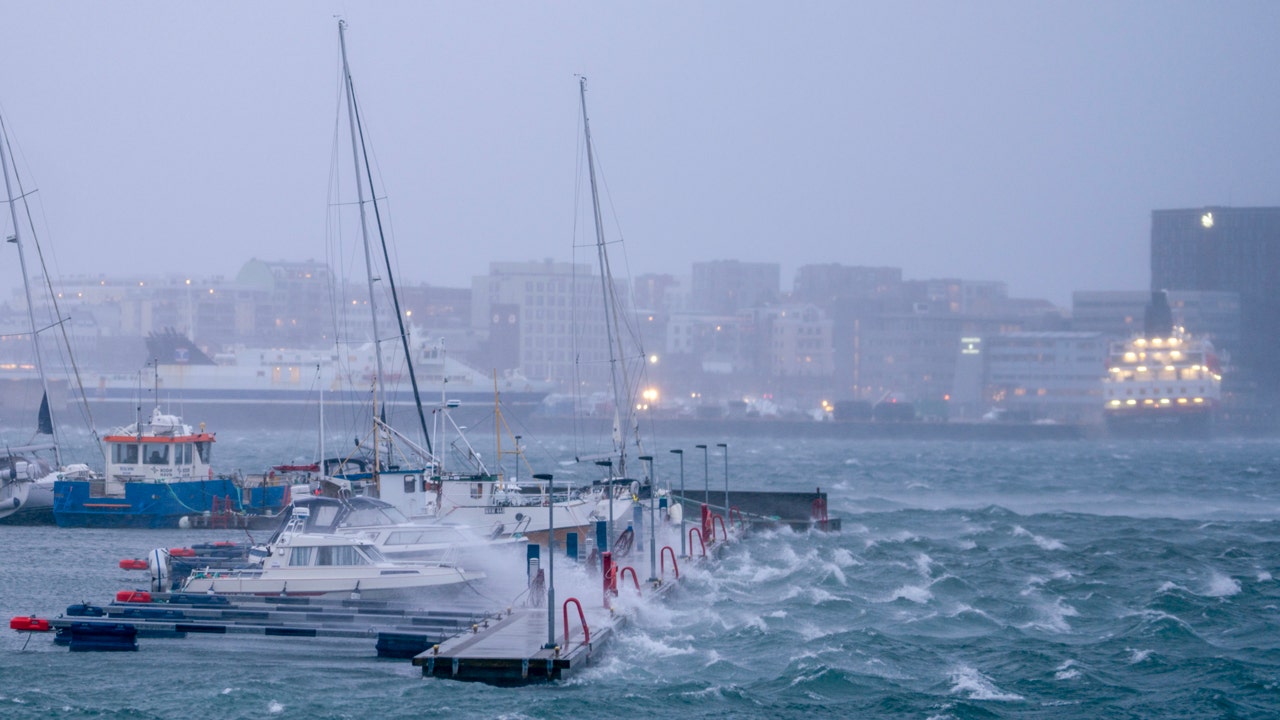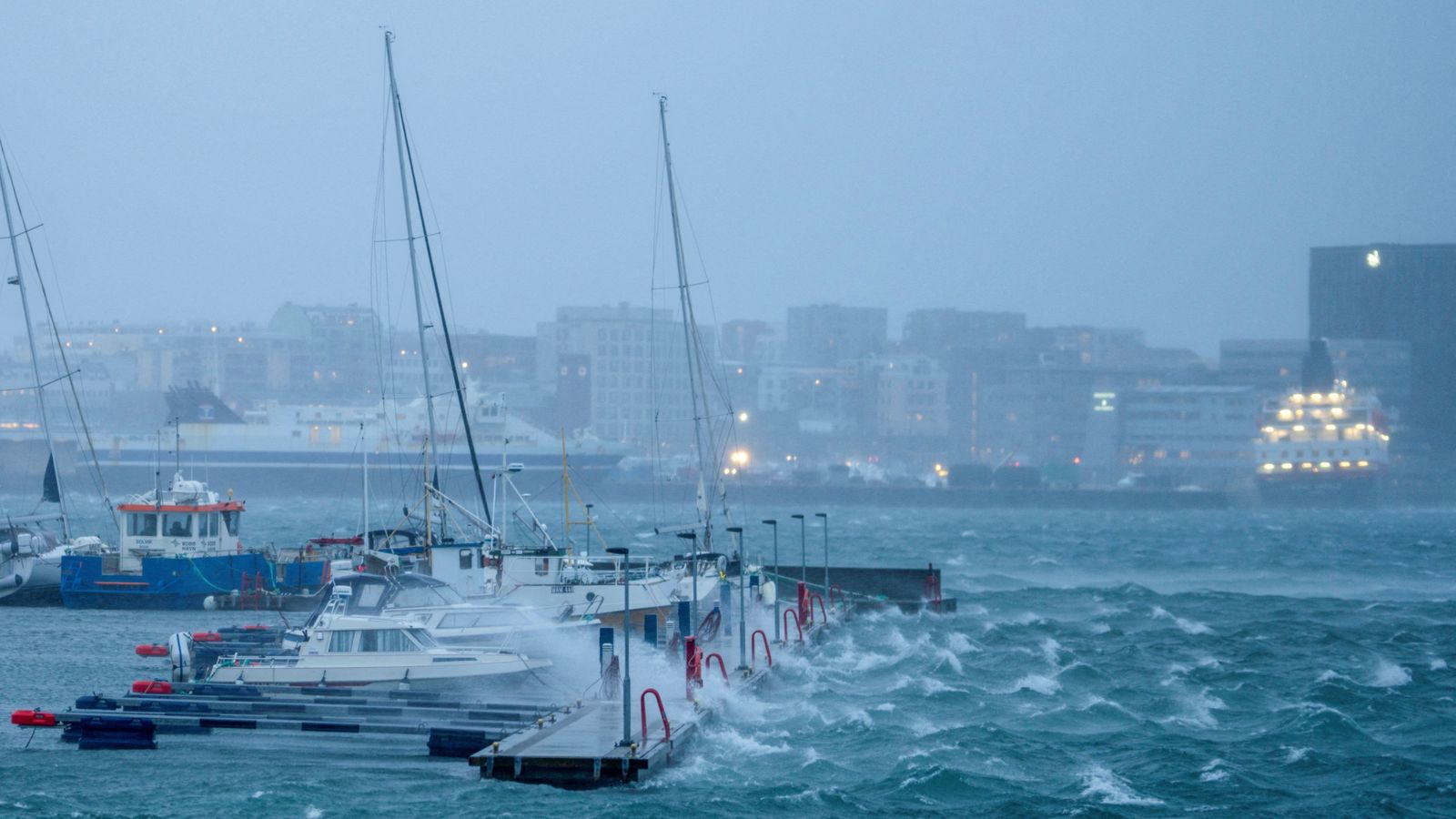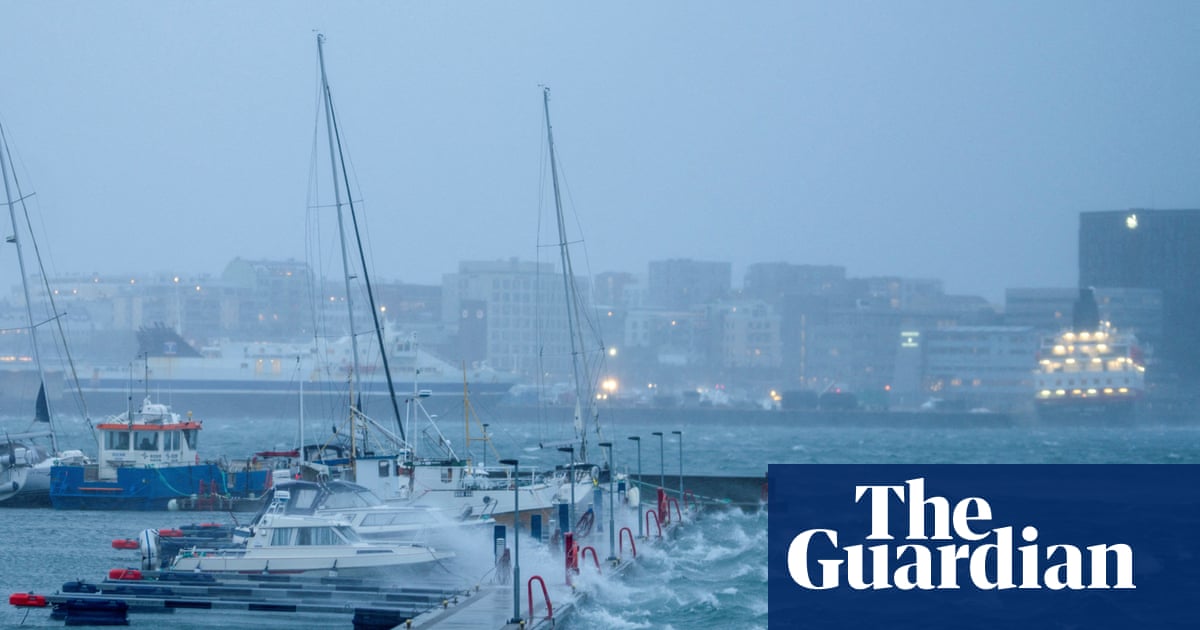Storm Ingunn, the most powerful storm the in Norway has experienced in over three decades. The week began with the onslaught of hurricane-force winds, disrupting normal life and causing destruction.

Also Read: Evidence of Homo Sapiens in Northern Europe 45000 Years Ago Discovered
Storm Ingunn, by its deep, multi-centered low-pressure system, intensified as it moved eastwards towards Scandinavia.
The phenomenon known as sting jet activity was observed, a narrow channel of strong winds that can form when low-pressure systems strengthen rapidly.
The storm’s central pressure reached a 940hPa, nearing Norway’s historical low pressure record set in 1907. Sustained winds equivalent to those of a Category 1 hurricane, with gusts of 80-100mph.
The Norwegian Meteorological Society reported a confirmed gust of 115mph at Sklinna Lighthouse, while unconfirmed reports from the Faroe Islands suggest gusts could have reached a 155mph.
The storm led to the cancellation of flights and ferries, closures of schools, power outages in central regions, and damage to buildings. A bus carrying passengers was blown off the road in Bergen.
While Norway struggles with the aftermath of Storm Ingunn, there are reports of environmental consequences in other regions.
The Kashmir Valley in Indian-administered Kashmir experienced its first snowfall of the winter, ending a dry spell that concerns about wildfires and water scarcity.
Also Read: Protesters Throw Soup at Mona Lisa Painting in Paris
The Greater Himalayan region faced 79% less rain than normal in December. The sudden snowfall, however, brought relief to the region, especially for ski tourism.
The occurrence of Storm Ingunn follows a series of storms battering the UK and Ireland during the current winter season.
With Europe experiencing an unusually high number of storms, naturally arise about the link between these extreme weather events and climate change.
Scientists suggest that the changing climate may contribute to the frequency of such events. The warming of the Earth’s atmosphere and oceans provides more energy for storms to form and intensify.
Winter windstorms are to increase slightly in number over the UK and Europe in the coming years, according to climate projections.
Experts say that while it might be challenging to establish a clear trend in the number and intensity of windstorms, climate change does impact storms in various ways.
Also Read: China: 7.1 Magnitude Earthquake Hits Xinjiang
One impact is the increased rainfall during extreme events. For every 1 degree of warming, the atmosphere can hold 7% more water vapor, leading to a higher likelihood of heavy rainfall associated with storms.
Storm surges and high waves in coastal areas are also expected to worsen as sea levels rise due to climate change. The overall intensity of storms is expected to increase as the Earth’s atmosphere warms.
A core of strong winds around 10 kilometers above the Earth’s surface. The temperature difference between the poles and the equator influences the jet stream’s strength.
Recent weeks saw bitterly cold Arctic winds causing a contrast, leading to a stronger jet stream and shaping areas of low and high pressure, resulting in stormy weather.
The El Niño weather phenomenon is another contributing factor, impacting climate patterns globally. Warmer-than-average sea surface temperatures in the Pacific, brought by El Niño, can lead say that the impacts of El Niño events are becoming stronger as the climate warms.
In Europe, countries collaborate to track and name extreme weather events. The UK, Ireland, and the Netherlands have their storm-naming agencies, with storms named alphabetically. The public can submit names, and some are chosen in honor of weather experts and scientists.
Also Read: China: At Least 8 Dead, 40 Missing in Yunnan Landslide






















